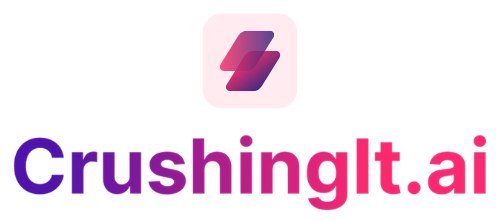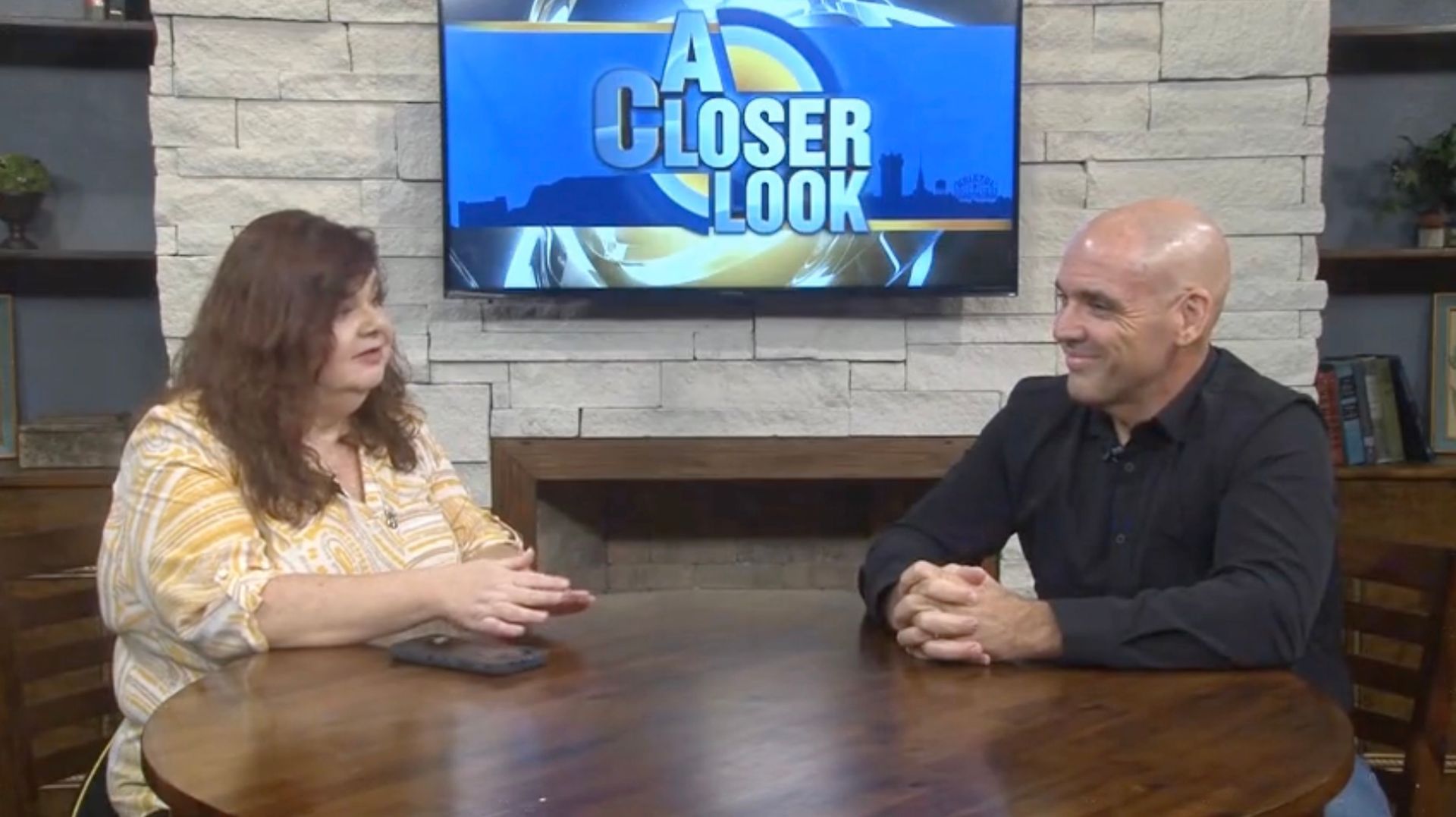Unveiling LLaMA 3.1: The Next Frontier in Open-Source AI
The recent release of LLaMA 3.1, featuring a groundbreaking 405 billion parameter model, marks a significant milestone in the evolution of open-source artificial intelligence. This advancement not only enhances the capabilities of AI models but also challenges the traditional dominance of closed-source counterparts. In this article, we will explore the key features, implications, and potential applications of LLaMA 3.1, as well as its impact on the AI landscape.
The Significance of LLaMA 3.1
The release of a 405 billion parameter model is a game-changer. It positions LLaMA 3.1 as a leading contender against some of the most sophisticated closed-source models available today. This section delves into why this development is so critical for the AI community.
- First-ever open-source 405 billion parameter model
- Direct competition with GPT-4 and other closed-source models
- Massive investment by Meta in model training
- Potential to democratize AI technology
With hundreds of millions spent on training, Meta's approach of providing this model for free represents a "scorched earth" strategy that could disrupt the AI market. The implications are profound: open-source models can now compete directly with proprietary systems, giving smaller companies access to high-quality AI without the hefty price tag.
Key Features of LLaMA 3.1
LLaMA 3.1 boasts several significant enhancements that set it apart from its predecessors and competitors. Let's break down these features to understand their importance.
1. Expanded Context Length
One of the standout features of LLaMA 3.1 is its expanded context length of 128k tokens, a significant increase from the previous 8k limit. This enhancement allows for:
- Deeper contextual understanding
- Better handling of long-form text
- Improved reasoning capabilities
This feature is particularly valuable for applications requiring extensive context, such as legal documents and research papers.
2. Multilingual Support
LLaMA 3.1 supports eight languages, broadening its usability across different regions and demographics. This multilingual capability is crucial for:
- Global applications
- Diverse user engagement
- Enhanced accessibility in non-English speaking areas
3. Model Distillation and Synthetic Data Generation
The new model enables the generation of synthetic data, which can be used to train smaller models effectively. This is essential for companies lacking extensive data resources, allowing them to:
- Generate unique datasets
- Enhance model accuracy
- Reduce dependency on large-scale data acquisition
The LLaMA Ecosystem: More Than Just a Model
Meta's vision for LLaMA extends beyond releasing standalone models. The company aims to create a comprehensive ecosystem that supports various applications and innovations.
1. The LLaMA Stack API
The introduction of the LLaMA Stack API provides a standardized interface for developers. This initiative aims to simplify the integration of LLaMA models into third-party applications, enhancing:
- Interoperability
- Ease of development
- Faster deployment times
2. Partnerships and Community Engagement
The ecosystem is bolstered by partnerships with over 25 organizations, including:
- AWS
- Nvidia
- Google Cloud
- Azure
This collaboration ensures that LLaMA 3.1 can be tested and deployed on various platforms, maximizing its reach and impact.
Performance Benchmarks: LLaMA 3.1 vs. GPT-4
In terms of performance, LLaMA 3.1 has set new benchmarks, often surpassing GPT-4 in various tasks. The following highlights illustrate its competitive edge:
- Superior scores across multiple benchmarks
- Improved human evaluation metrics
- Effective reasoning and tool use capabilities
This performance showcases LLaMA 3.1 as a viable alternative to established models, reinforcing the idea that open-source solutions can meet or exceed expectations.
Implications for the Future of AI
The launch of LLaMA 3.1 signals a shift in the AI landscape, with potential implications for developers, businesses, and consumers alike. Here are some key considerations:
1. Democratization of AI Technology
By providing high-performance models for free, Meta is democratizing access to advanced AI technology. This could lead to:
- Increased innovation from startups
- Broader adoption of AI solutions
- Reduction in market monopolization by large firms
2. Empowering Developers
The LLaMA ecosystem empowers developers to create customized solutions tailored to their needs. This flexibility fosters:
- Greater creativity in application development
- Enhanced user experiences
- Opportunities for niche markets
3. Ethical Considerations
As open-source AI becomes more prevalent, ethical considerations surrounding its use will become increasingly important. Key issues include:
- Data privacy and security
- Bias in AI models
- Responsible deployment practices
Meta's commitment to safety tools and responsible AI practices will be crucial in addressing these concerns.
Conclusion
The release of LLaMA 3.1 marks a pivotal moment in the field of artificial intelligence. With its advanced capabilities, expanded context length, and commitment to open-source principles, it challenges the status quo of AI development. As this ecosystem evolves, we can anticipate innovative applications and a more equitable distribution of AI technologies. The future of AI is here, and it is open-source.
You + AI




